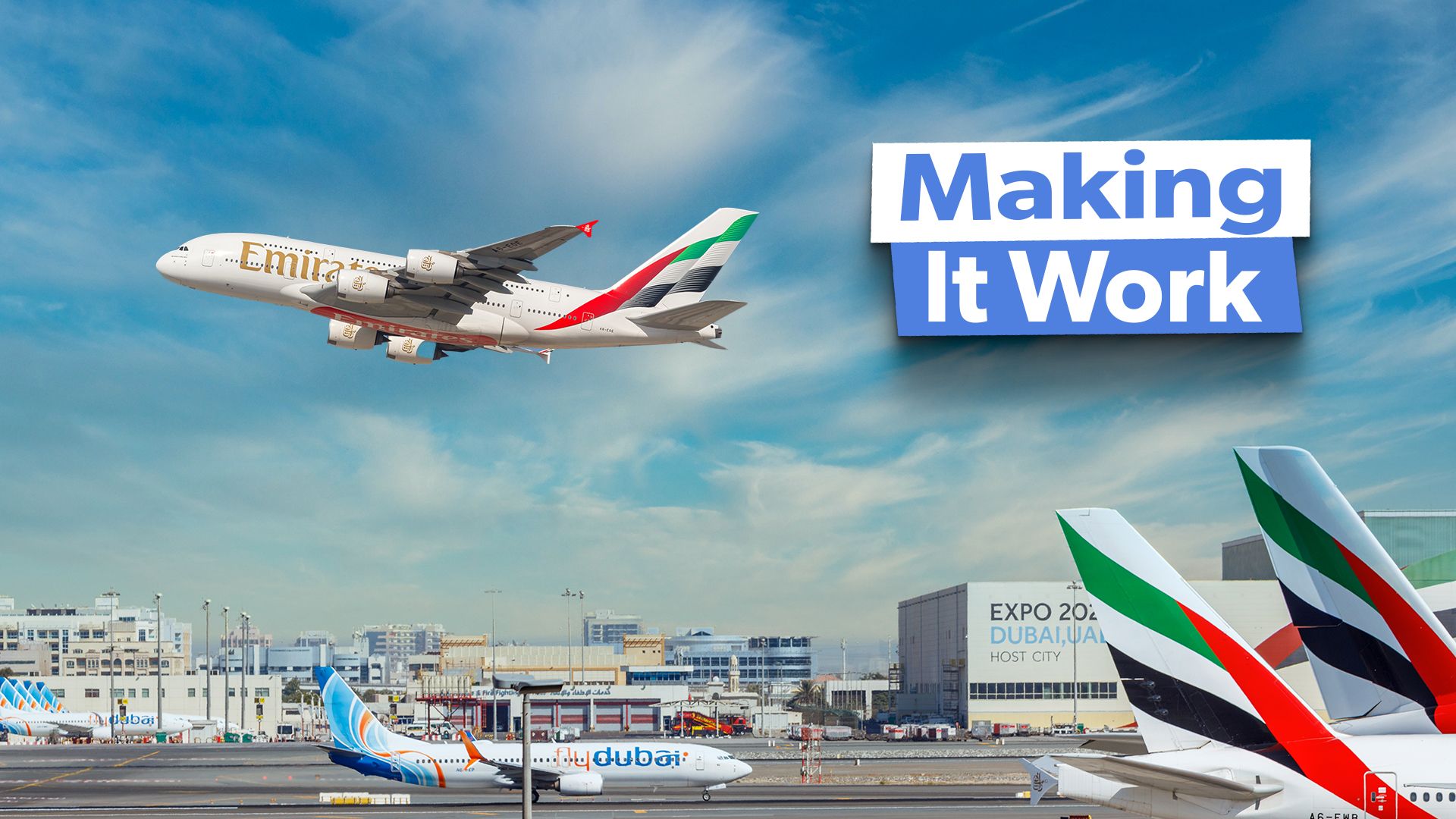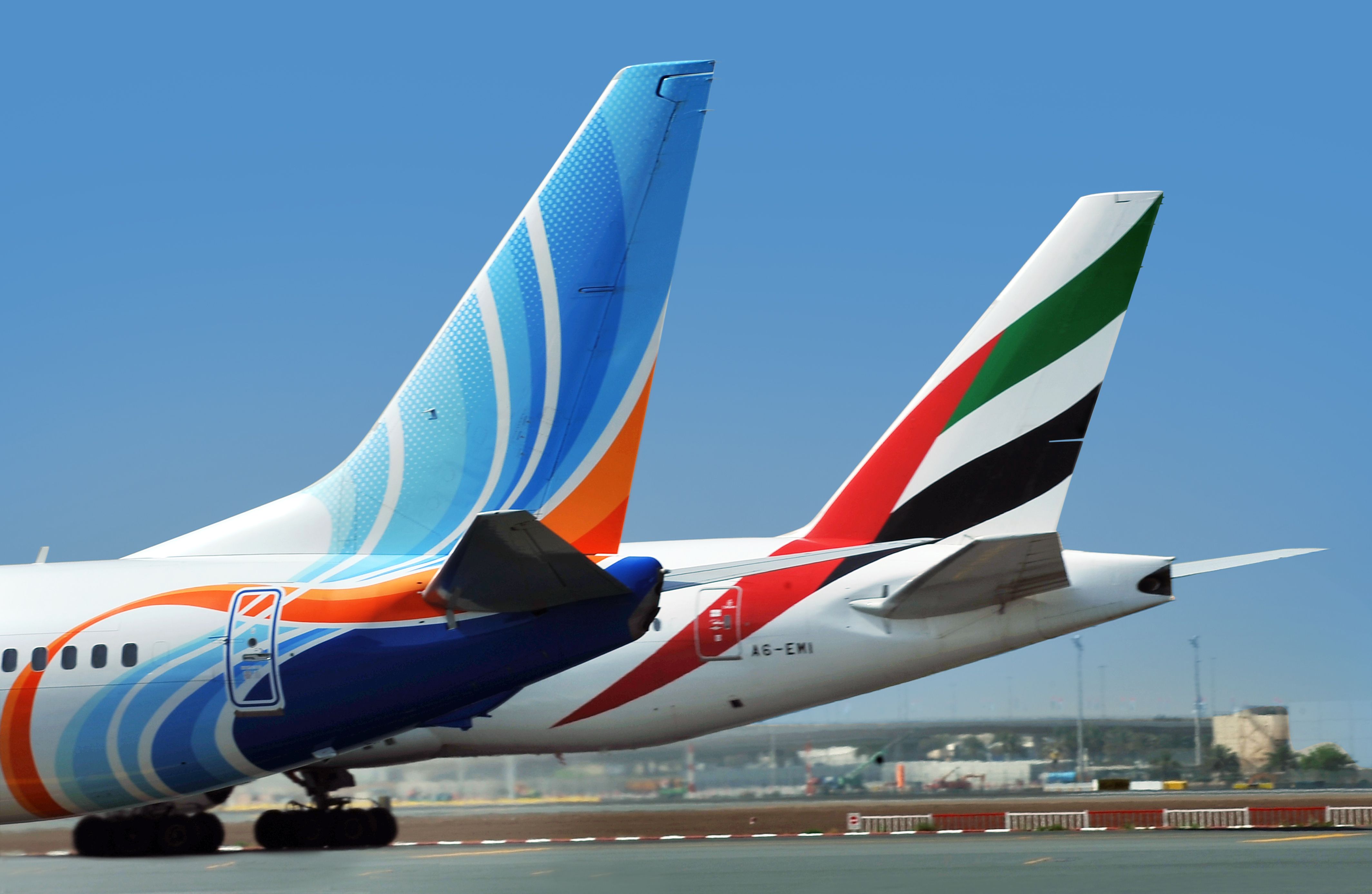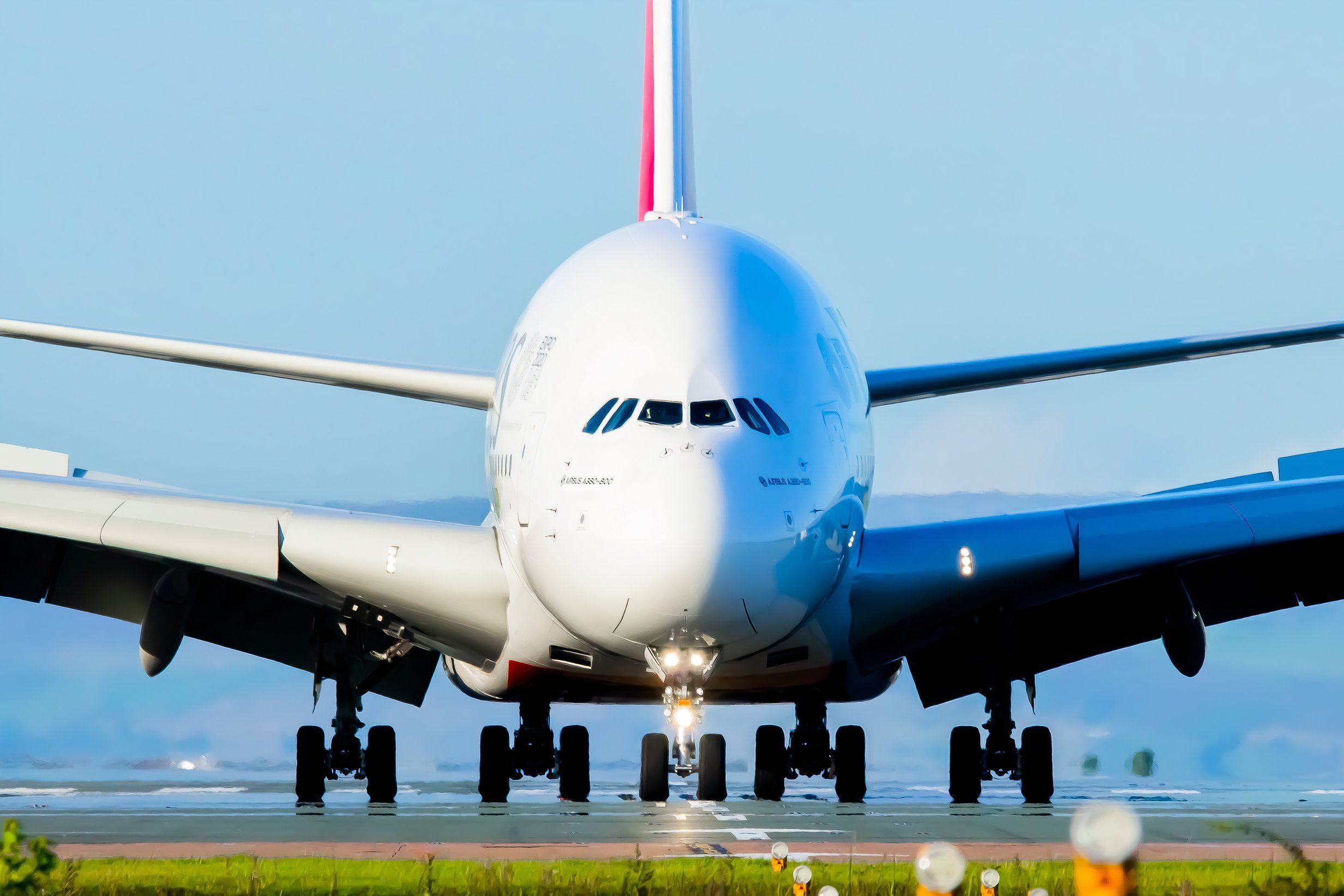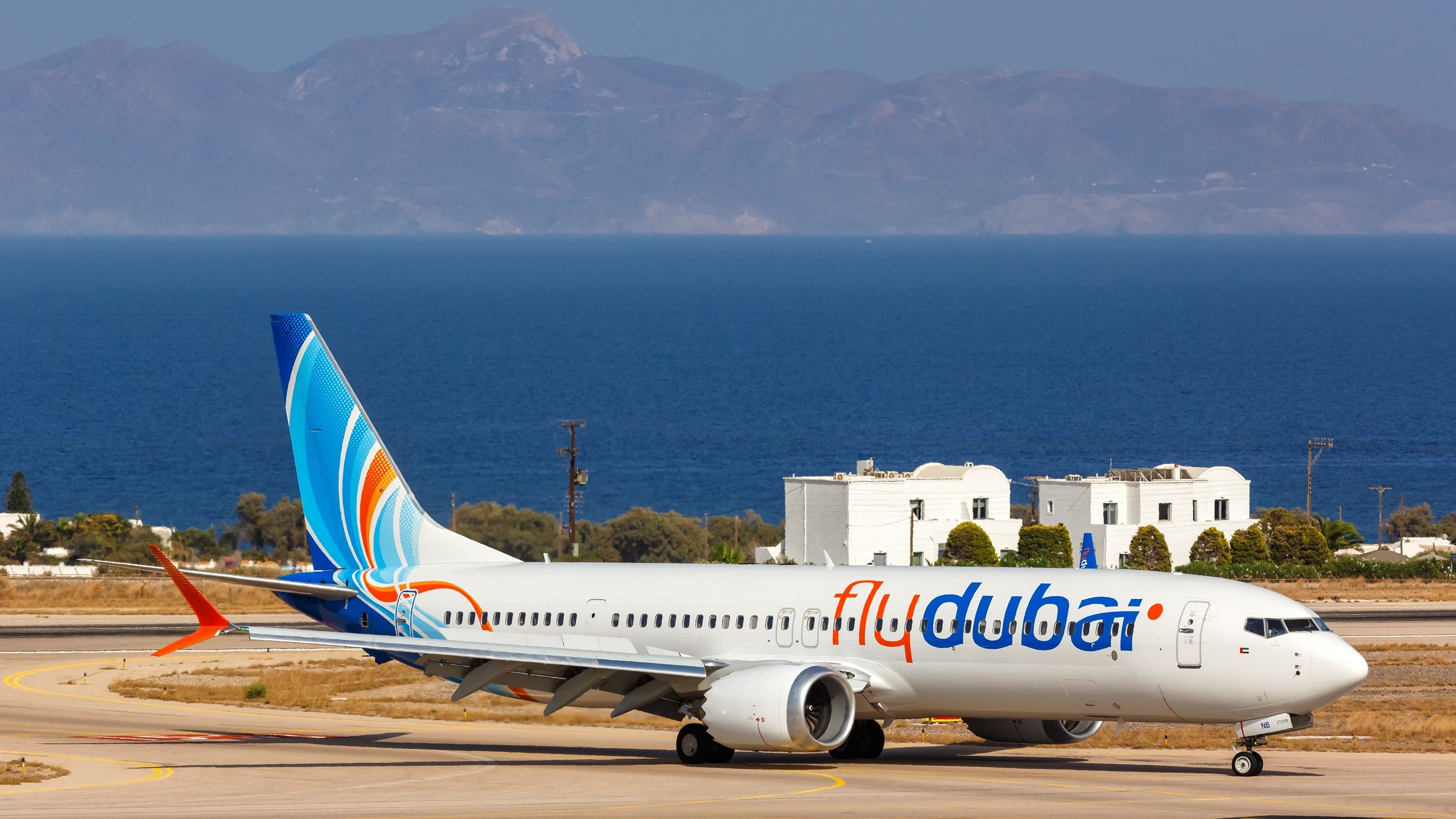There has long been a fascination with the concept of establishing collaboration between legacy carriers and low-cost airlines, with industry tycoons eager to try and cash in on the impressive level of market dominance controlling both could create.
In the first half of the 2000s, there was a brief phase in which many legacy carriers began to launch their own low-cost subsidiaries. Airlines like Metrojet, launched by US Airways, and Ted, launched by United, were announced to much fanfare before catastrophically failing.
Photo: Flydubai
In Europe, the trend also exists, with carriers like Transavia and Eurowings emerging under a similar model, both of which have continued to return significantly lower operational margins than other budget airlines like Ryanair and Wizz Air, neither of which were created by legacy carriers. Even airlines like Air Canada have attempted to launch low-cost subsidiaries, which have often been met with lukewarm success.
Therefore, industry observers have noticed a trend in which airlines’ low-cost subsidiaries have continued to fail, leading many, like American, Delta, and United, to completely abandon the model altogether. Nonetheless, there are a handful of markets on the planet where one company can successfully dominate both the full-service and low-cost markets.
An exception in the Middle East
In Dubai, the state-owned Investment Corporation of Dubai manages billions in investments, including ownership of two separate commercial airlines. Emirates, the Dubai-based legacy carrier known for opulent premium cabins and exceptional service, alongside flydubai, a low-cost carrier launched in 2009, both share the same owners.
But unlike most legacy airlines which have low-cost subsidiaries, flydubai
and 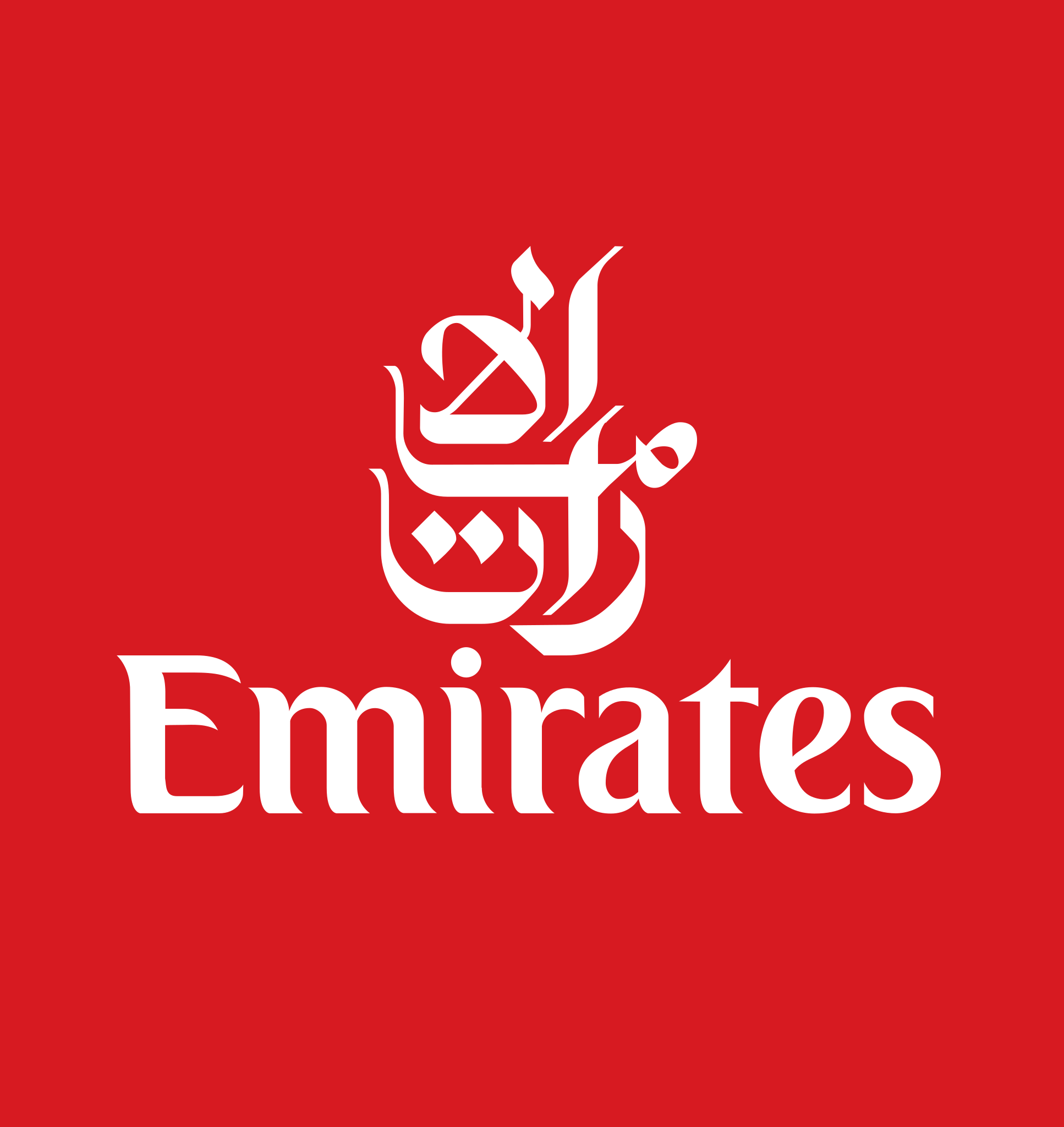 Emirates
Emirates
have both been very successful in the past decade, turning consistent profits outside the pandemic-induced travel downturn period. Let’s take a deeper look at these two carriers and the unique industry collaboration that has contributed so heavily to their success.
Two carriers with uniquely intertwined stories
Like many Middle Eastern nations, the United Arab Emirates has long attempted to shift its economic wealth from a material source (oil) to longer-term sustainable development. As a result, the nation has made great strides to help build up its domestic financial industry, establishing Dubai as the economic hub not just for the nation, but for the entire Middle Eastern region.
With such a large amount of passenger traffic set to travel to and from Dubai as a result of the financial industry’s expansion, the nation needed a passenger airline fit to serve this market. As a result, the Investment Corporation of Dubai, the financial powerhouse behind the government of the emirate, founded The Emirates Group in 1985, to establish a world-class international airline.
Photo: Arnold Aaron | Shutterstock
The carrier that would be established initially intended to serve primarily as an airline that could connect Dubai to the rest of the world, serving primarily high-end business travelers heading to the Middle Eastern financial hub. But soon, however, the airline would begin to serve a different role, as a super-connector that transported passengers from across the globe by funneling them through a Dubai hub.
Dubai changed over the years
For decades, the Emirates model operated with impressive success, and the airline grew rapidly by continuing to serve new markets and develop a dynamic network. Over time, however, the nature of the air travel market in Dubai changed, as the city began to serve not just business travelers.
As a result of decades of development, Dubai by the early 2000s was not just a financial center, but one of the largest tourist destinations in the Middle East, opening up the city as a destination for leisure travelers. Furthermore, the job prospects and strong economic opportunities in Dubai have led to immigration from across the globe, increasing demand for those visiting friends and relatives.
As an airline still focused on premium, mostly long-haul traffic, flag carrier Emirates slowly became less and less able to adequately service this demand, something which led analysts at the Investment Corporation of Dubai to explore other options. This then led to the decision to launch a new low-cost airline that would better cater to the needs of this travel demographic.
flydubai’s launch with support from Emirates
According to Aviation Week, flydubai was established in 2008, and, despite not being an incorporated member of The Emirates Group, the legacy carrier was to support the fledgling airline during its initial development. In July of that year, flydubai signed an order with Boeing for 50 Boeing 737-800s, an agreement that would become one of the headline announcements of the year’s Farnborough Air Show.
The airline took delivery of these aircraft on May 17th, 2009, and quickly began service by launching flights to Beirut and Amman. The carrier has continued to expand its network and today serves over 120 destinations across the globe. According to Business Traveller Middle East, the carrier launched business-class services back in 2013.
Photo: Markus Mainka | Shutterstock
Today, the Investment Corporation of Dubai owns two airlines that have nearly controlled the travel market in the city, with carriers geared both towards business travelers and high-end leisure travelers as well as vacationers and passengers visiting friends and relatives. The two carriers collaborate in many different ways, including through a joint loyalty program.
At the end of the day, having control over both sectors of the passenger market provides many unique advantages for the Investment Corporation of Dubai. Furthermore, it demonstrates a shift from industry trends, in which airlines have typically failed to achieve significant sustained success operating low-cost subsidiaries.

